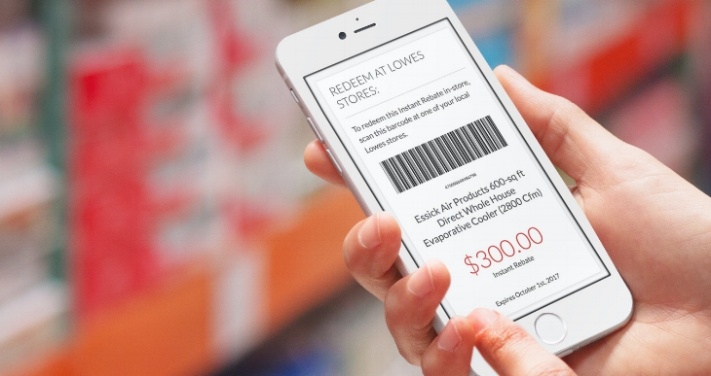
This is a guest post from AEE member company Simple Energy
The landscape of demand-side management programs is rapidly shifting because of unparalleled changes in the way products are used and sold. Customers demand convenience and the ability to purchase or enroll in a matter of seconds and in the channel they prefer. Utility legacy practices are often disconnected from these new consumer needs. Modern customers want instant gratification, not a mail-in rebate form and a weeks-long wait to receive a response. When online portals bounce them to third-party websites to complete a purchase, they often give up altogether. How can utilities give customers the money-saving offers they want, when they want them, and in the channel they prefer?
In order for a utility’s demand side management (DSM) portfolio to align with the transformations occurring in commerce today, three central objectives must be realized:
- Comprehensive customer engagement across multiple customer channels
- Optimized customer experience by delivering utility value, combined with a seamless customer experience, to third-party transactions
- Mitigation of evaluation risk through fast, accurate measurement of delivered savings.
At Simple Energy, our approach to this challenge is called “omni-channel customer engagement,” and it achieves the three key objectives in the following ways:
- Comprehensive customer engagement. While utility-branded marketplaces are proven to drive transactions of energy-saving products, there are entire customer segments who remain unengaged with DSM programs. The solution is to engage customers in the channels they prefer — i.e., meet them where they already shop. Omni-channel engagement means meeting customers in their preferred e-commerce sites as well as their local brick-and-mortar stores.
- Optimized customer experience. Similar to visiting local retail outlets, many customers prefer to shop for energy-related products with a recognized brand. Utilities can seize this opportunity by adding value to these third-party transactions and doing so in a way that is easy for the customer to access. Imagine if, instead of asking a customer to mail a rebate form after purchasing a smart thermostat, you could deliver utility-sponsored discount at the point of sale during a third-party transaction.
- Proactive mitigation of evaluation risk. When utilities are able to participate in and track metrics of third-party transactions, they gain an unprecedented line of sight into customers’ energy-wise purchases. By instantly validating customer accounts at the point of sale, they can directly attribute rebate redemptions as well as deemed savings. This results in better program results, improved reporting, and data that will place the utility commission.
Simple Energy has helped our utility partners deliver omni-channel engagement through our Rebates-as-a-Service platform, which extends the instant rebate engine of our Marketplace solution into third-party e-commerce channels and brick-and-mortar retail, allowing customers to access utility-sponsored incentives wherever they prefer to shop. ComEd customers, for example, can order a smart thermostat on Nest.com and validate eligibility to apply a rebate at the point of sale. An Xcel Energy customer in Colorado can walk into Lowe's and scan a bar code to get a rebate on evaporative coolers at checkout.
Once utilities take advantage of omni-channel engagement, they enhance their own brand perception and become trusted energy advisors to their customers. By delivering solutions that provide energy efficiency choices to the entire customer base in a cost-effective and seamless manner, utility programs will transform and become scalable for the future.
To learn more about omni-channel customer engagement, contact Simple Energy at solutions@SimpleEnergy.com.
